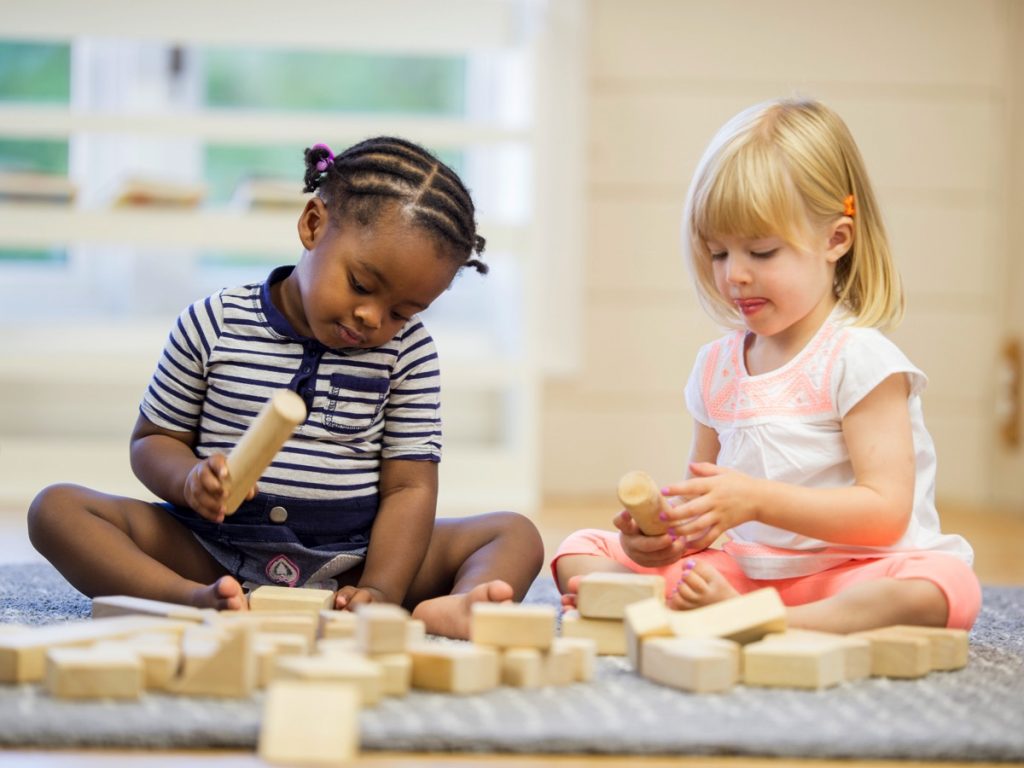
Engineering involves designing and building structures and products for very practical uses. Spatial skills are an important part of engineering. For young children, this involves learning about shapes and symmetry. For example, combining shapes to make pictures. It also involves playing with puzzles and blocks.
Adults can help children develop their spatial skills by using spatial language. Words like “above” and “below,” “left” and “right,” “inside” and “outside” are all examples of spatial language. For example, one study observed parents playing at home with their toddlers and preschoolers. They found that parents who used more spatial language, had children who also used more spatial language. Those children also performed better on a spatial test. When children notice and pay attention to space, they start to learn how things fit together.
Another aspect of engineering involves defining a problem and working to find a solution. On the next page you will see a video of child building a structure for her teddy bear and then working to make it better.
-
- Scaffolding
- the support a caregiver provides a child to help them achieve more than they would be able to accomplish on their own
- STEM
- (science, technology, engineering, math) a group of topics linked by a common focus and approach